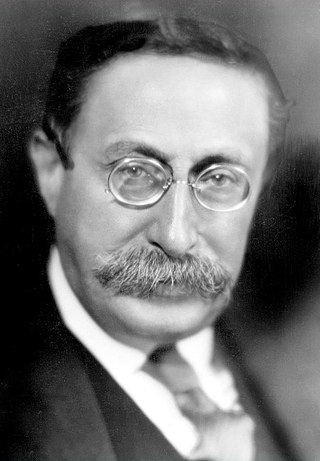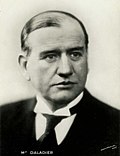Top Qs
Timeline
Chat
Perspective
1936 French legislative election
From Wikipedia, the free encyclopedia
Remove ads
Legislative elections were held in France on 26 April and 3 May 1936, the last elections before World War II. The number of candidates set a record, with 4,807 running for election to the Chamber of Deputies. In the Seine Department alone, there were 1,402 candidates.[1] The legislative election was the last before women were granted the right to vote in April 1944.[2]

The Popular Front, a broad centre-left electoral alliance composed of the social-democratic French Section of the Workers' International (SFIO), the social-liberal Radical-Socialists, the French Section of the Communist International (SFIC), and associated smaller left-wing groups, won power from the conservative coalition that had governed since the 6 February 1934 crisis. Léon Blum became president of the council.
Remove ads
Results

The SFIC, predecessor of the Communist Party, more than tripled its seats total from 11 SFIC and 9 Union Ouvrière deputies in 1932 to 72 in 1936. The party made gains in industrialized suburbs and working-class areas of major cities. They also progressed in rural central and southwestern France (e.g., Dordogne, Lot-et-Garonne) The Radicals lost votes to the SFIO and SFIC, but also to the right. The SFIO declined slightly. In working-class suburbs, the party declined, but it gained votes in Brittany, to the dismay of the right. Only 174 seats were elected in the first round, 424 were decided in a run-off. The right fared better in the second round.
Remove ads
References
External links
Wikiwand - on
Seamless Wikipedia browsing. On steroids.
Remove ads





